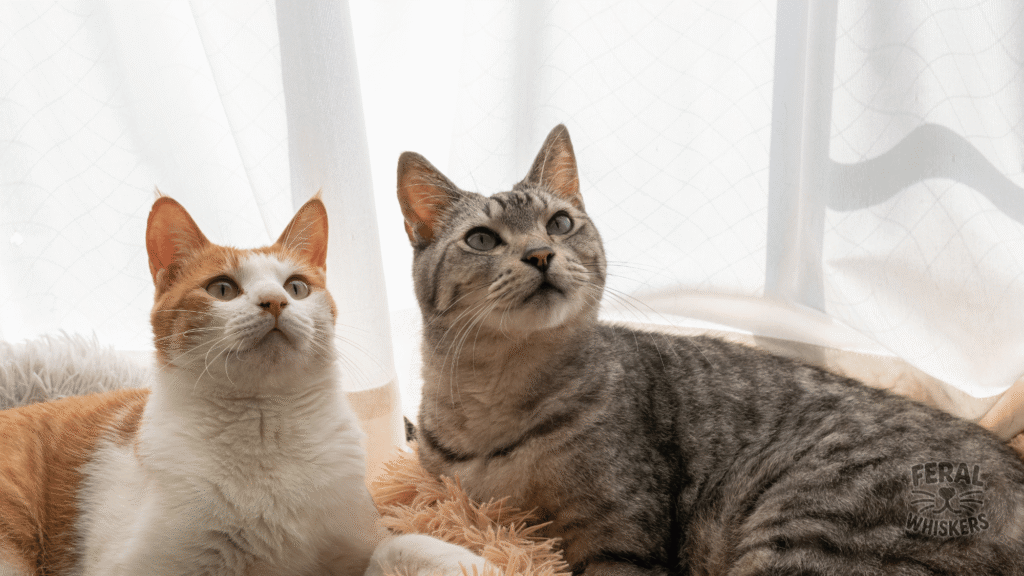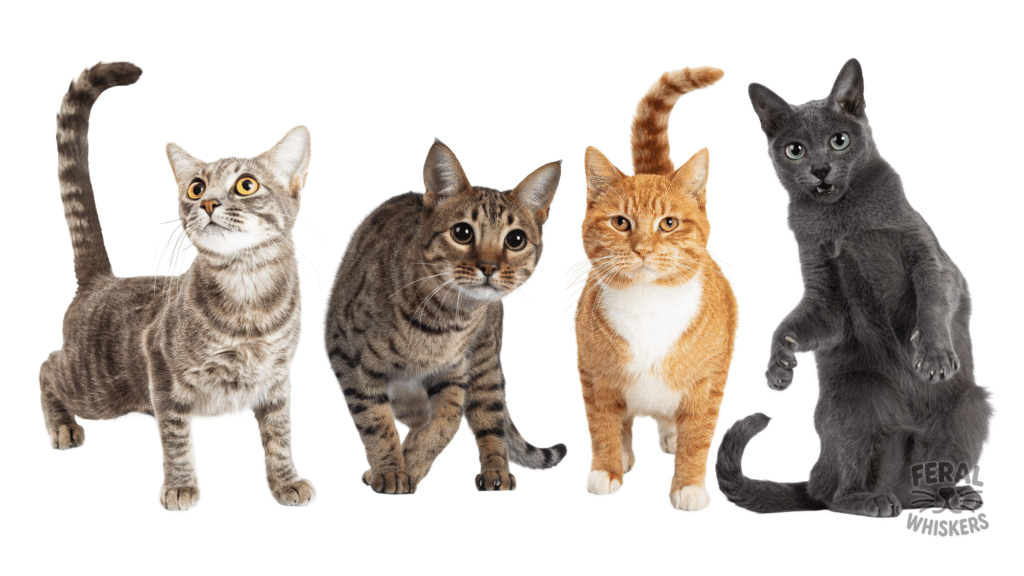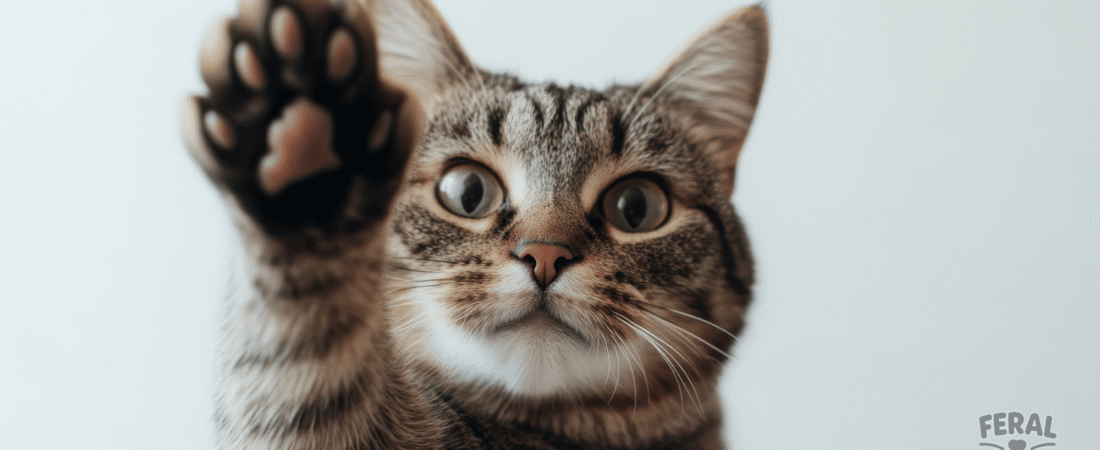📌 Why Whole-Body Communication Matters

Cats are subtle creatures. While dogs bark, wag, and run straight to you with obvious signals, cats deliver messages in layers — a flick of the tail, a squint of the eyes, the tilt of their ears, or the forward thrust of whiskers. Each of these movements has meaning, but taken alone, they can be confusing or even misleading. It’s only when you learn to put all these signals together that you can decode the “complete sentence” your cat is trying to share.
This isn’t just about curiosity — it’s an essential skill for every cat parent. Understanding feline body language helps you avoid misunderstandings, prevent injuries, and most importantly, build deeper trust with your pet. When you respect their cues, your cat understands that you’re listening — and the bond grows stronger.
🦠 The Four Main “Words” of Cat Language

1. The Tail: Emotional Antenna
- Upright = contentment, confidence, greeting.
- Puffed = fear or defense.
- Lashing = irritation or overstimulation.
Think of the tail as the emotional thermostat of your cat.
2. The Eyes: Emotional Amplifier
- Dilated pupils = play mode or fear.
- Narrowed pupils = focus or annoyance.
- Slow blink = affection and trust.
Cats can “say” I love you with a simple blink — but they can also warn you to back off with the same eyes.
3. The Ears: Fastest Mood Shifters
- Forward = curiosity.
- Sideways (“airplane ears”) = uncertain or anxious.
- Pinned flat = fear, aggression.
Ears rotate almost 180°, changing faster than any other cue.
4. The Whiskers: The Subtitles
- Relaxed sideways = calm.
- Forward = hunting or excitement.
- Pulled back = stress or fear.
Whiskers are deeply wired to nerves; they reveal what the cat is focused on, even if the rest of the body hasn’t moved yet.
🧩 Cat “Sentences” — Reading the Whole Picture
- Play mode: Upright tail, dilated pupils, ears forward, whiskers thrust out. Translation: “I’m engaged! Let’s hunt that toy.”
- Overstimulated: Lashing tail, slit pupils, ears sideways, whiskers twitching. Translation: “Stop petting, I’ve had enough.”
- Fearful: Puffed tail, dilated eyes, ears flat, whiskers pinned back. Translation: “I’m scared — give me space.”
- Deep trust: Tail curled around you, eyes half-closed with a slow blink, ears relaxed, whiskers easy. Translation: “I’m safe with you.”
The message changes drastically depending on how these four signals combine.
🌿 Why This Matters in Daily Life
Too often, humans read cats incorrectly — assuming that a wagging tail means happiness (dog logic), or that staring equals hatred. By missing early cues like ear shifts or whisker retraction, we push cats into escalating behaviors (growling, hissing, swatting) when they were already politely telling us “no.”
Practical benefits of whole-body reading:
- Bonding: Match their slow blinks, respect their “enough” signs, and they’ll relax around you more.
- Preventing conflict: Catch early warning cues before claws are involved.
- Multi-cat households: Spot tension early (puffed tails, narrowed eyes) and diffuse fights.
- Health insight: Sudden changes (drooping eyes, constant whisker twitching) can point to illness or stress.
💡 Final Thoughts
Cats don’t speak in words, but they communicate powerfully with their bodies. Their tails broadcast emotion, their eyes amplify intensity, their ears reveal instant mood changes, and their whiskers fine-tune the message. Alone, each offers hints. Together, they create a fluent, nuanced language.
✅ Key takeaway: When you learn to read your cat’s whole-body communication, you stop guessing and start genuinely listening. And as you listen, your cat learns to trust that you understand them — which transforms your relationship from “pet owner” to “true partner.”

